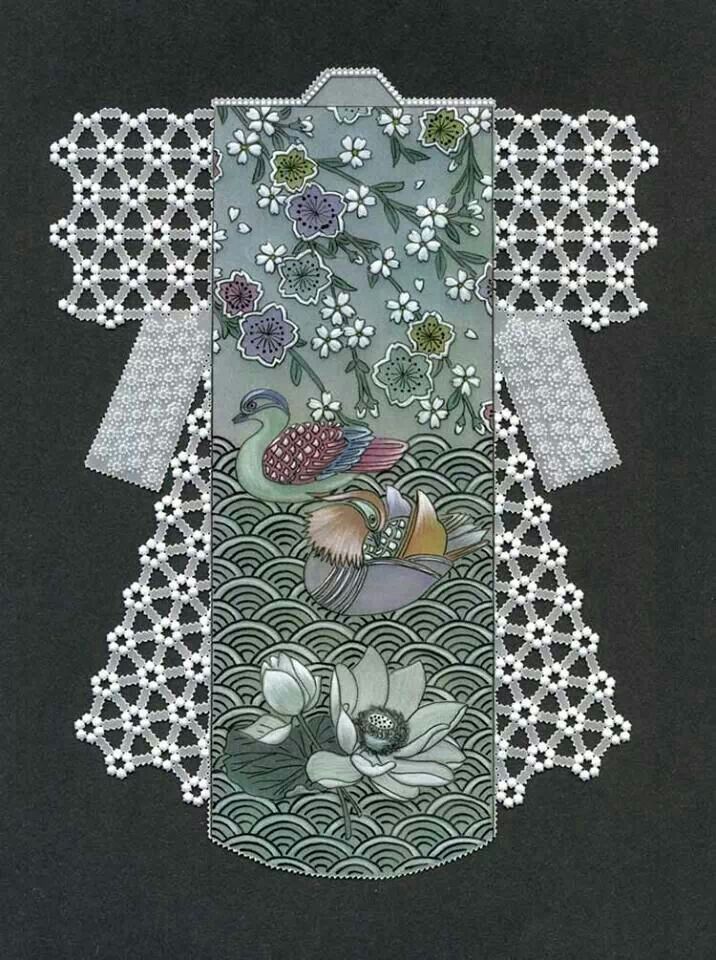
Craft from paper plate ideas can come in many shapes and sizes, but the main focus of this article will be on animals. There are many ways to create a shark, jellyfish, tree frog, and ladybug. Here are some options. Each of these creatures can also be used to add fun to your child’s science or wildlife studies. Also, construction paper can be used as a substitute to feathers. For more information, please read the following!
Shark
Make a baby shark craft by folding backwards a paper plate. You can now fold the paper plate backwards and make "M" shapes. These will look similar to the hinges in a shark's mouth. To make the fins, glue triangles to the top and bottom shark's bodies. If you wish, you may add gooly eyelashes and gills.

Ladybug
To make a ladybug craft from paper plate, begin by painting the paper plate red. You can also trace a circle onto fabric using a small plate/jar. Once you have painted your paper plate red, you can use a hole punch to create black spots and lines on it. Once your paper plate has dried completely, you can poke the ladybug's eyes through the hole in the side of the plate. Once the ladybug has dried completely, glue her googly eye.
Jellyfish
An easy craft that younger children can do is to use a paper plate. Once you've cut it out, you can decorate it with paint or sponges. Allow it to dry. Add a piece of bubble wrap to one side, and you can paint the other. It's ready to hang. Children will love this easy craft for many reasons. These are some ideas to make paper plates crafts. We hope they'll give it a try!
Tree frog
Make this tree frog craft out of paper plates by cutting a shape from a pie plate. You can draw large nostrils with a brown marker. Use an xacto blade to make a 2 inch cut in the middle. Wrap a piece of red paperstock around a pencil. Secure the end of the pencil by inserting it into the slit.

Umbrella
Cut a piece of paper into half and decorate one side to make a paper umbrella. Use a pipe to create a handle. Twist it or bend it so it looks like an umbrella handle. Tape the pipe cleaner to the paper plate half to form a handle. Next, paint each section with a different color. You can also add handles to an existing umbrella. You can decorate it with different colors.
FAQ
How can I find a hobby?
At first, it may seem like there is nothing you can do.
You might think, "I'm not very talented," "I struggle at sports," "I don't really know anything."
There is a good chance that you have some experience with hobbies.
It's simply that you haven’t yet realized it.
Take a look around your house. How much stuff do you own?
Do you still have toys?
Perhaps you have a collection books or magazines.
Perhaps you've always wanted a career in cooking.
Or perhaps you would just like to learn how to play the guitar again.
Whatever it may be, you can likely turn it into something.
The secret is to remember that you already have plenty to draw on.
Once you do that, you can choose a hobby to fit your life.
What are observation hobbies?
Observation hobbies allow you to observe others doing the same thing. You might be interested in watching sports, reading, going on holidays, and so forth. It could also include observing others.
Because they teach you how to think creatively, observation hobbies are great. You can draw on this knowledge later, when you work on projects for others.
You'll discover that it's easier to learn if there's a passion for something.
You might watch or read about football to learn more. If you want to learn more about photography, you could take or visit exhibitions.
If you love to play music, there are two options: either buy a new guitar online or follow along with the songs.
If you love cooking, you can either cook your meals at home or order from a local restaurant.
If gardening is your passion, you can grow vegetables and flowers.
If dancing is something you enjoy, join a dance class.
You can paint pictures if your passion is painting.
If you love writing, you might be interested in writing poems and stories.
You could also draw pictures if you enjoy drawing.
If you're passionate about animals you might consider working at a Zoo or looking after their pets.
If science interests you, you can study biology, chemistry or physics.
History is something you might enjoy if you read books, watch movies, or listen to podcasts.
If you like traveling, you could travel abroad or explore your local area.
What are some good hobbies?
Hobby Ideas for People who Love to Learn and Teach Others.
Hobbies can allow you to be creative and have fun while learning.
Although there are many hobbies to choose from, they all share some common characteristics. They're usually fun activities that require little effort and cost money.
These also involve helping others.
While you may not see yourself as a teacher at first, chances are that there is something you could do for someone else.
If you're looking for more creativity in your life, think about starting a hobby so you can share your talents with others.
How much does a hobby cost you?
The only thing that costs less than a hobby is time. If you are serious about your hobby it could take years before you achieve your goals.
But there is one thing that can help you. It's called passion. If you feel passionate about your chosen field, you'll find it easier to put in the work required to achieve your goals.
You may become addicted to the activity once you have put in enough hours. This is where the real fun begins. Because you're doing something you like and it keeps getting better. You'll probably see a substantial improvement by the end.
So don't worry too much about how long it takes. You can just try it. You may be surprised.
Why do we have hobbies?
Hobbies can be a part of your life because they provide you with time to unwind, recharge, think creatively as well as the chance to exercise, socialize, and relax. We also have the chance to learn new skills and pursue lifelong passions.
Hobbies give us meaning and purpose in life.
They are often a great way to spend free time when you don't have much else going on.
They are also very entertaining!
If you don't find time for hobbies, it's likely that you don't have enough time for any other activities.
You have many choices. Start a hobby today, if you don’t have one already!
Statistics
- In comparison, men in the “no humor” condition were refused 84.6% of the time and were only accepted 15.4% of the time. (time.com)
- I am 100% biologically a woman (discover.hubpages.com)
- Almost 80% of people claim to have no hobby. (hobbylark.com)
- The intensity of the dialogue partners' bond at the end of the forty-five-minute vulnerability interaction was rated as closer than the closest relationship in the lives of 30 percent of similar students. (time.com)
- This 100% accurate personality-analyzing hobby quiz discovers your passion based on your characteristics. (quizexpo.com)
External Links
How To
How to start gardening
Gardening is one form of agriculture that dates back to the beginning. It requires patience, persistence, and determination. First, choose a place where you would like to grow food. It could be large land, or just your backyard. Next, decide what type of plants you want to grow. Do you prefer vegetables or flowers? Some people enjoy growing herbs and others prefer raising livestock like rabbits. Before you decide what crops to plant, you should think about how much space is available. If you live in a climate that experiences cold winters, then you might decide to grow fruits or berries as they do well in colder climates.
Once you have made your choice, it is time to prepare the soil. How your plants perform is dependent on how well the soil you use. A good soil has organic matter which helps to feed the roots of your plants. Organic matter can include leaves, twigs and grass clippings as well as manure and compost. You need nutrients to your soil after you have prepared it. You may need different amounts depending on what type of plants you are trying to grow. A fertilizer calculator online can help you determine these values. There are many fertilizers on the market, so ensure you understand what you are buying.
Now, wait for your seeds to germinate after you have prepared your soil and added the necessary nutrients. The process typically takes 2 to 3 weeks depending on the weather conditions and temperature in your area. Once your seeds have sprouted, you need to water them regularly. You can endanger your plants if you water them too often or too little. Make sure to give your plants water at regular times and not overwater. Overwatering can cause root rot or fungal diseases. It is important to remember that plants will need less water in summer than in winter when watering them. You should also remember that some plants will need to dry out once they have been watered. For example, tomatoes need to stay slightly moist but not wet. Soggy soil is not a good choice for tomatoes. After they have finished flowering, they must go dormant. Dormancy occurs when plants stop producing any new growth and start to store energy for the next harvest. The plant ceases sending signals to its roots to produce food during dormancy. Throughout this period, the plant stores energy. However, if the temperatures drop below freezing and there isn't enough sunlight, the plant will go to sleep.
Living in urban areas may restrict the types of plants you can plant. Concrete sidewalks, roads and buildings are common in urban areas. They block sunlight from reaching the ground. Concrete absorbs light, preventing the soil underneath from getting adequate sun exposure. This is why many plants cannot thrive in cities. Many plants can still thrive in urban settings. Many trees, shrubs, and perennials can adapt to city living. Many annuals are also possible to grow indoors in containers. You can bring greenery inside your home all year round, regardless of the weather.
You are now ready for planting!